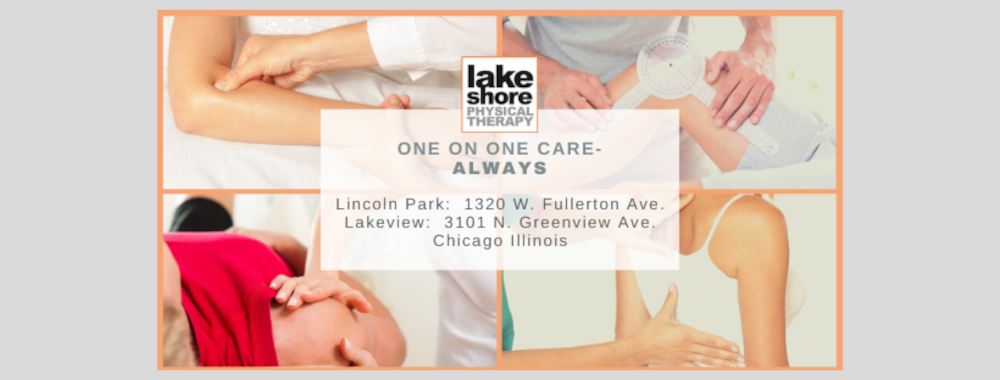 |
| by Kate Marconi, PT |
So will running ruin your knees? A study by Lo et al. (2018) looked into just that, following individuals over the age of 50 with current osteoarthritis in their knees. Their findings were clear: through over 48 months of regular running, none of the individuals had worsening osteoarthritis, increased knee pain, or new onset of knee pain.
Here's what we do know about injury prevention in running:
- There is a significant correlation between glute medius weakness and knee pain in runners (Wilson et al. 2011) (Dierks et al. 2008)
- Running 1-3 times per week with cross training has less incidence of injury and an equal cardiovascular benefit as those that run 5 times per week (Yeung et al. 2001)
- Stretching and proper shoes had less of an effect on injury prevention compared to strengthening and adjustment of training schedule (Yeung et al. 2001)
Whether you’re a new or seasoned runner, you should be doing regular strengthening exercises for your glute medius. But where to start? Stastny et al (2016) looked into hundreds of exercises and measured which had the most glute medius activity that would be most beneficial for runners. Below are a few to start with:
Side plank with hip abduction: Position yourself in a side plank with your elbow under your shoulder. Feet can be stacked, one in front of the other, or bottom knee can be bent on the ground for support. Take the top leg and keeping your toes forward, raise it keeping it in line with your bottom leg. Don’t let the top leg come forward and work on keeping your hips slightly forward.
Clamshell with foot elevation: Lay on your side with your knees bent to about 45 degrees. Roll your hip forward, then keeping your feet together raise both feet. Then lift your knees open and closed, keep your feet raised and your hip forward. Add a band above your knees for a challenge!
Single leg squat: Standing on the edge of a step, sit back into your heel and complete a squat by moving your hips back. Your knee should stay in line with your ankle. Tap the floor with your heel and return up focusing on keeping your weight in your heel.
Contralateral lunge: Holding a weight in the opposite hand, step forward into a lunge. Make sure you keep your knee above your ankle. Push off your heel to return back to standing.
If you’re a new runner getting started or a runner with knee pain and you’re unsure of where to start, you can always ask a physical therapist! Our therapists are always happy to offer their expert opinions to help you continue your running journey.
Dierks, Tracy A. “Proximal and Distal Influences on Hip and Knee Kinematics in Runners with Patellofemoral Pain during a Prolonged Run.” Journal of Orthopaedic & Sports Physical Therapy, vol. 38, no. 8, 2008, pp. 448–56.
Lo, Grace H., et al. “Running Does Not Increase Symptoms or Structural Progression in People with Knee Osteoarthritis: Data from the Osteoarthritis Initiative.” Clinical Rheumatology, vol. 37, no. 9, Sept. 2018, pp. 2497–504. DOI.org (Crossref), https://doi.org/10.1007/s10067-018-4121-3.
St
astny, Petr, et al. “Strengthening the Gluteus Medius Using Various Bodyweight and Resistance Exercises.” Strength & Conditioning Journal, vol. 38, no. 3, June 2016, pp. 91–101. DOI.org (Crossref), https://doi.org/10.1519/SSC.0000000000000221.
Willson, John D., et al. “Gluteal Muscle Activation during Running in Females with and without Patellofemoral Pain Syndrome.” Clinical Biomechanics, vol. 26, no. 7, Aug. 2011, pp. 735–40. ScienceDirect, https://doi.org/10.1016/j.clinbiomech.2011.02.012.
Yeung, E. W. “A Systematic Review of Interventions to Prevent Lower Limb Soft Tissue Running Injuries.” British Journal of Sports Medicine, vol. 35, no. 6, Dec. 2001, pp. 383–89. DOI.org (Crossref), https://doi.org/10.1136/bjsm.35.6.383.





